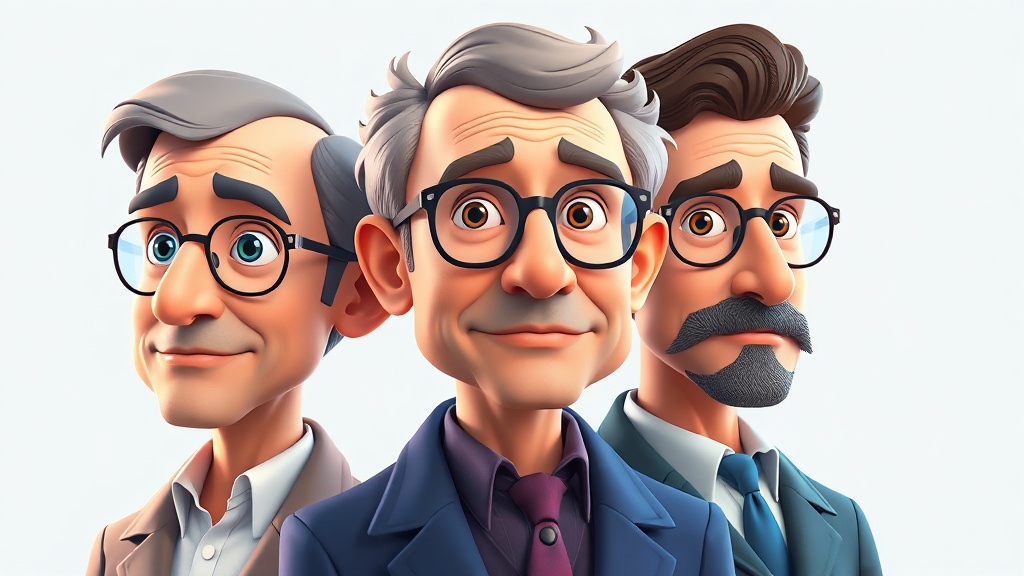Home / Science / Trio's Trailblazing Discovery Earns Them 2025 Nobel Prize in Physics
Trio's Trailblazing Discovery Earns Them 2025 Nobel Prize in Physics
7 Oct
Summary
- Three physicists built a simple superconducting device that proved quantum mechanics can exist in macroscopic systems
- Their discovery of macroscopic quantum tunnelling and energy quantisation earned them the 2025 Nobel Prize in Physics
- The collaboration between the three - John Clarke, Michel Devoret, and John Martinis - spanned decades and combined different strengths

In October 2025, the Royal Swedish Academy of Sciences awarded the Nobel Prize in Physics to three pioneering physicists - John Clarke, Michel Devoret, and John Martinis - for their discovery of macroscopic quantum mechanical tunnelling and energy quantisation in an electric circuit.
The story began in the mid-1980s, when the trio was working in the quiet corridors of the University of California, Berkeley. There, they built what looked like an unremarkable superconducting circuit, small enough to fit on a fingertip. However, this simple device would go on to prove that the ghostly rules of quantum mechanics could exist in something visible, tangible, and human-sized.
The partnership between the three physicists was a study in contrasts - British precision, French curiosity, and Californian pragmatism. Together, they built an experiment so sensitive it had to be shielded from every stray vibration and magnetic field. What they found was astonishing: the superconducting circuit, composed of billions of Cooper pairs acting in unison, could "tunnel" from one energy state to another, generating a voltage where none should exist. They also proved that the system's energy levels were quantised, absorbing and emitting energy in fixed packets, just as quantum theory predicted.
This discovery transformed quantum research, bridging the microscopic rules of the universe with the realm of circuits and wires. Martinis later used these principles to create superconducting qubits, the basic units of a quantum computer, paving the way for the next era of computation.
Today, the three laureates represent different chapters of the same story. Clarke, now in his eighties, remains a revered figure at Berkeley, while Devoret continues his work at Yale, and Martinis remains at the forefront of the race to build scalable quantum computers. Their shared discovery has left an indelible mark on the field of quantum physics, proving that the strange behaviour of the quantum world does not vanish when scaled up.




